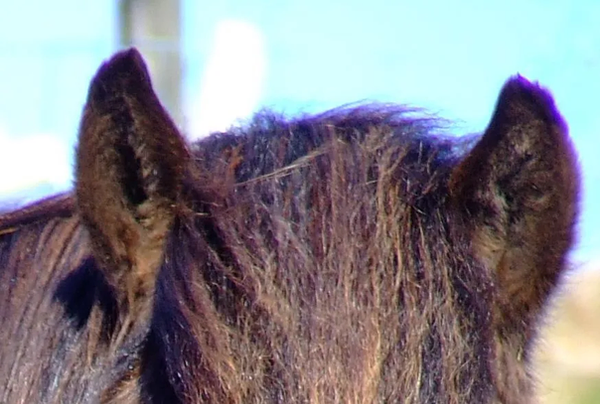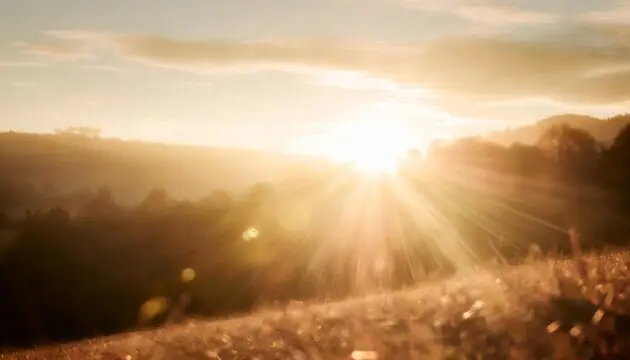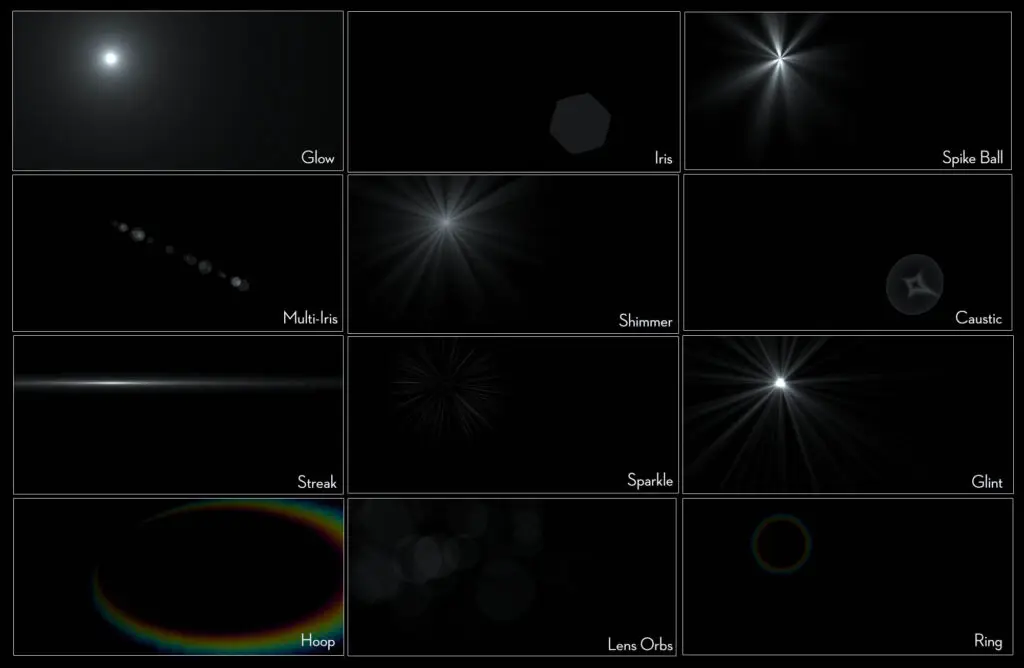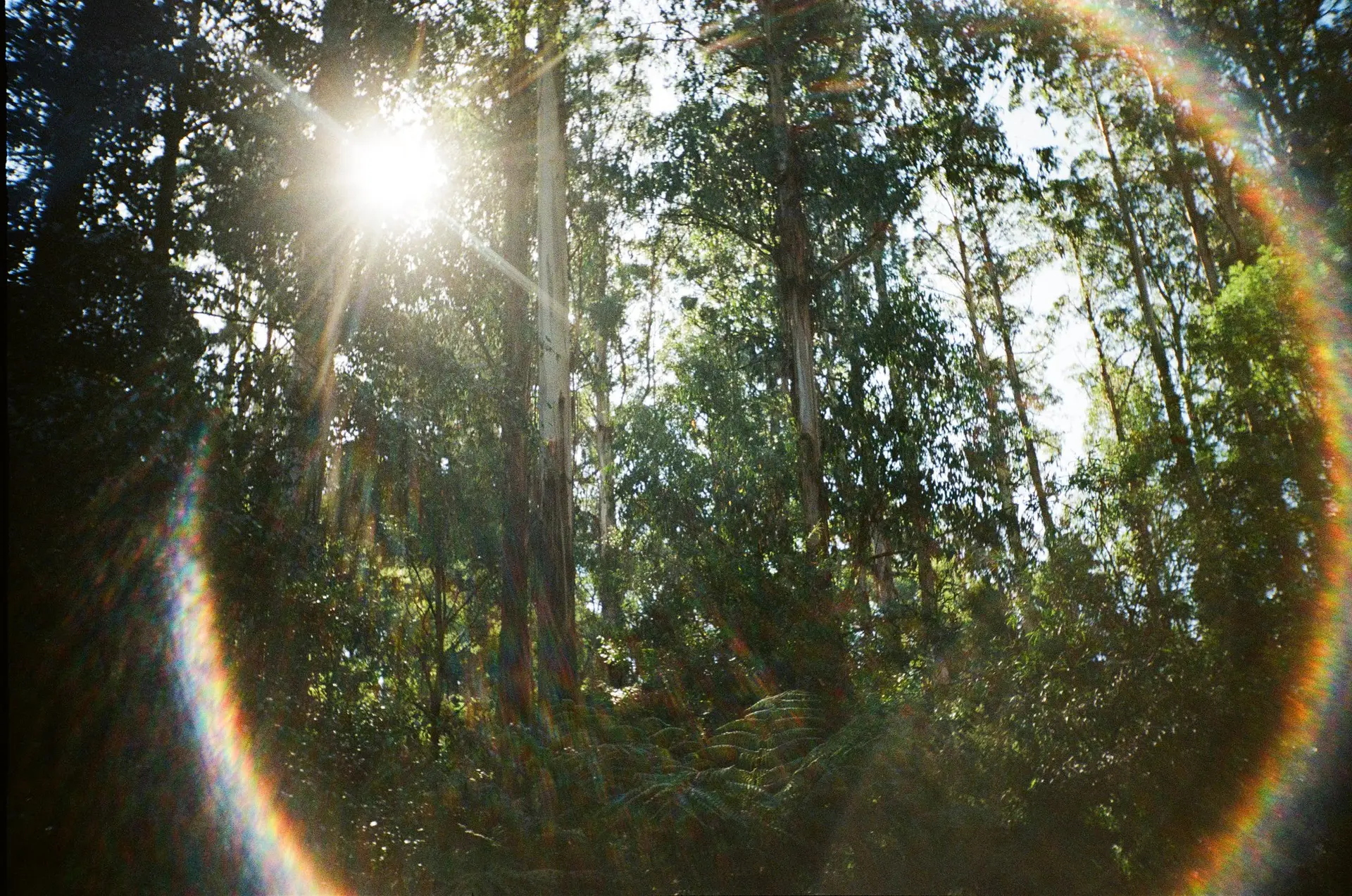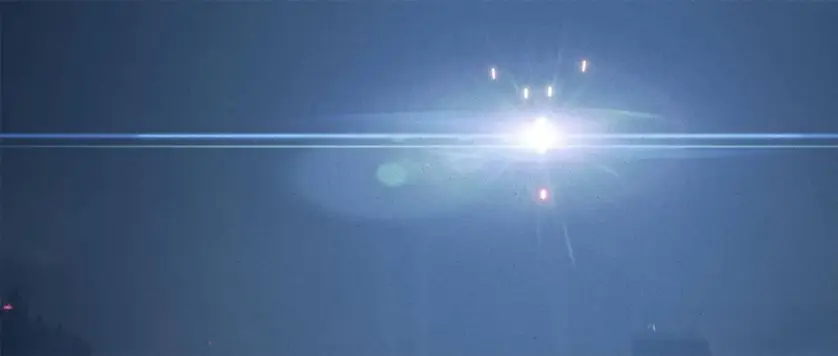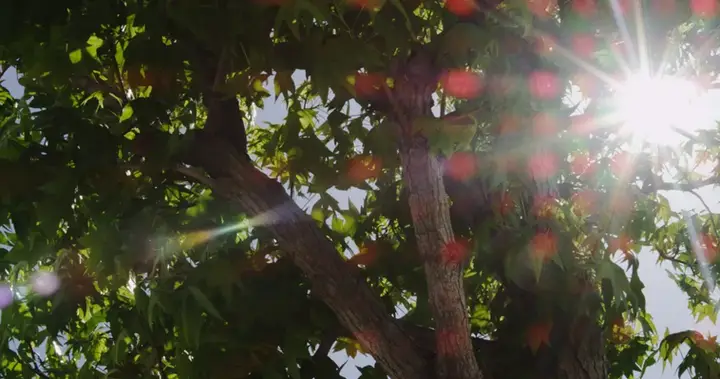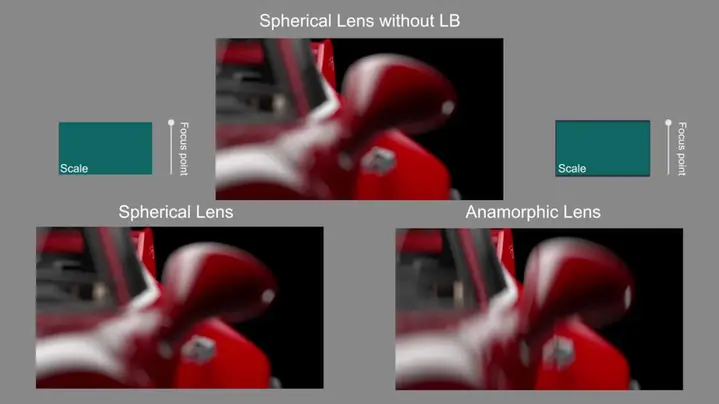
Photography for Compositing – Part I: Basic Aberrations
- The Common Artifacts in Camera Lens
We know that the final composite image essentially sticks to the rule that “everything seen through a certain camera lens and all objects within it closely follow the laws of physics in the same time-space.”
But lenses are imperfect. From the principles of lens design, various convex and concave surfaces cause inevitable light defects such as reflection, refraction, scattering, and differences in light intake, all appearing in the final image. As for compositing, a crucial skill is observing these phenomena, making corrections, and ultimately restoring these imperfections.
Typically, early in a project, a compositing supervisor or lead analyzes the entire segment that needs attention. However, it’s during individual shots that the skill of the compositing artist is truly tested. This article aims to dissect the so-called “imperfections,” starting with the six most common ones.
What we will mention in this article:
LENS DISTORTION
It’s important to note that lens distortion falls under geometrical optics and does not affect image quality.
- Barrel Distortion
Negative distortion values, akin to a fisheye effect where the image corners bulge outward, resembling a barrel. Shorter focal length lenses exhibit greater distortion.
- Pincushion Distortion
Positive distortion values, forming a shape like a cushion or pillow, where corners pull inward towards the center. Longer focal length lenses exhibit greater distortion.
Typically, in large-scale series or film productions, match-moving artists handle lens distortion correction based on camera information gathered during shooting.
DEFOCUS
Talking about defocus inevitably involves depth of field (DOF). This topic could fill an entire article, but in brief, DOF refers to the range around the focal distance where objects are rendered sharply by the lens. Objects outside this range appear out of focus.
The extent of DOF depends on factors like focus distance and f-stop, which are beyond the scope of this article but merit a separate discussion on the photography triangle.
Objects outside the DOF progressively blur the further they are from the DOF, leading us to introduce another significant term: bokeh.
Bokeh
Derived from Japanese, it means “blur.” Bokeh’s size is influenced by DOF, as mentioned earlier. Its shape is influenced by aperture blades or custom shapes placed in front of the lens manually. B&H has an in-depth analysis of bokeh for those interested.
Bokeh is a critical review item in compositing; improper bokeh shape or intensity can make objects appear disconnected in the same space.
Cat’s eye
As seen in the top-left corner of the image, the corners of the picture begin to show lemon-shaped bokeh instead of the circular shape in the center. This effect, known as cat’s eye bokeh, is common in film production due to oblique light rays entering the lens.
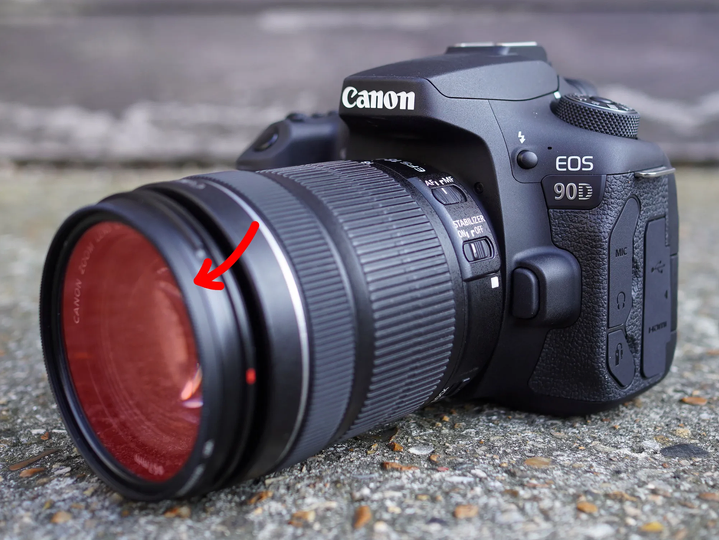
Just like when you look at the lens from a 45-degree angle, you’ll notice that the front element of the lens is also lemon-shaped rather than round. This shape resembles the pupils of feline animals, hence it is called “cat’s eye bokeh.” This effect is also commonly seen in film production.
CHROMA ABERRATION
Chromatic aberration occurs when different wavelengths of light refract at slightly different angles, causing focusing errors.
Chromatic aberration is divided into two types:
- Longitudinal Chromatic Aberration
Different color bands land in front and behind the focal plane, affecting sharpness across the entire image, including the central part. Modern professional lenses usually correct this through lens design.
- Lateral Chromatic Aberration
This type remains common in large-scale film productions.
Like in the image on the right, due to different wavelengths having different refractive indices, the colors all fall on the focal plane, resulting in sharp edges. However, the difference lies in the displacement of the colors on the focal plane, usually presenting a radial effect from the center of the frame. Professional cameras typically do not exhibit chromatic aberration in the center of the frame, but when using wide-angle lenses in high-contrast, shallow depth-of-field areas, strong chromatic aberration can still appear.
Purple Fringing
I’m going to discuss this separately because it’s a specific term with its own wiki page. Purple fringing appears in high-contrast areas of the image and falls under longitudinal chromatic aberration.
Due to optical aberrations, light passing through the lens diffracts into different wavelength colors, known as the spectrum. These wavelengths have different focal planes. Camera manufacturers use various methods to shift these wavelengths’ focal planes to align them as closely as possible.
However, this lens aberration is more severe in shorter wavelengths like ultraviolet light. Moreover, digital cameras capture a broader spectrum compared to traditional film cameras. Hence, entry-level lenses may lack the correction ability for purple fringing, especially in high-contrast edges where bright pixels extend into adjacent dark pixels.
VIGNETTING
It’s essentially an unavoidable physical phenomenon resulting from optical design flaws or mismatches in lenses.
Although the effects are similar, natural vignetting can be classified into three categories:
- Mechanical Vignetting
Often caused by physical obstruction at the edge of the lens, such as lens hoods, filter rings, or adapter rings.
- Optical Vignetting
Occurs because multiple layers of lenses in the lens stack shadow each other, weakening non-normal incident angle light rays.
- Natural Vignetting
Unlike other causes, natural vignetting occurs due to light attenuation following natural laws. It’s more common in wide-angle lenses or point-and-shoot cameras. Some modern lenses are specially designed to minimize natural vignetting by directing light perpendicular or nearly perpendicular to the image.
LENS FLARE
Lens flare is one of the trickier parts in photography, requiring a good understanding of how to use it well. When used effectively, lens flare can add a lot to a shot, but if it’s overdone, it can make things look cheap.
In broad terms, lens flare can be divided into two types: glare and visible artifacts.
Glare
Veiling Glare
Glare occurs when light enters the lens from outside its visible range and reflects inside, affecting the sensor. It tends to wash out the image, brighten shadows, add a whitish tint to highlights, and reduce saturation.
Visible Artifact
This type occurs when intense light directly affects the sensor, resulting in various forms of lens flare. If you’ve used the OpticalFlare plugin, you’ve probably seen examples of this.
Iris
This includes ghosting from light sources, influenced by the shape of the aperture blades. More blades tend to create a rounder shape. Factors like the number of lens elements, angles of light, lens coatings, and refractive indices can all affect the amount of ghosting.
In movies, you often see hexagonal ghosting, iris shapes, or rainbow circles due to the numerous convex and concave lens elements in professional lenses. Besides causing noticeable chromatic aberrations, light bouncing among these elements creates multiple flares.
Spike/Sparkle/Glint
These are not ghost images but optical defects caused by light entering a narrow aperture and diffracting around non-circular apertures, known as diffraction spikes or starbursts.
According to Wiki, “Because the blades are evenly distributed around the circumference, an even number of blade iris apertures will result in n diffraction spikes, and an odd number of blade iris apertures will result in 2n diffraction spikes.”
Ring/Disk/Hoop
These are formed due to various reasons like using wide-angle lenses with small apertures, transparent crystalline objects like glass, crystal, or diamond in front of the lens, strong point light sources in the frame, or removing lens coatings.
These circular flares are quite common in movie scenes. It’s best to analyze the shot and consider factors like lens focal length, aperture, and sun angle to enhance the image appropriately.
Streak
A special type of flare appearing only in scenes shot with a distorted lens. Distortion lenses involve not only flares but also bokeh effects, among others.
Flare Grid Pattern
Very rare, caused when the aperture is extremely small, squeezing light into a tiny aperture. Light reaching the sensor reflects back to the rear lens elements. Each pixel on the sensor illuminated by bright light sources reflects light back to the rear elements, resulting in a grid pattern on the image.
I’ve personally encountered this in my own photos but never during work.
LENS BREATHING
Refers to slight changes in field of view when some lenses move front and back within the lens to adjust focus distance, especially noticeable at close focus points. Higher-quality lenses exhibit less breathing.
In most cases, details like chromatic aberration, lens flare, and bokeh don’t need to be dissected to such a fine degree, nor do you necessarily need deep understanding. However, breaking down raw footage should be a solid first step in composite work.
Honestly, our work is the result of combining various aspects of physics and mathematical calculations. Not documenting all this might make it easy to forget.
Want to dive deeper? See you in the second part.




